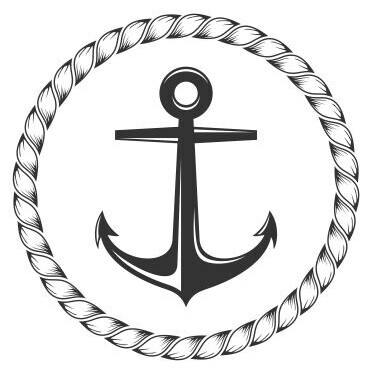Tagged: departure, M/E, Preparation
- This topic has 0 replies, 1 voice, and was last updated 4 years, 8 months ago by
icedcappucino.
-
AuthorPosts
-
03/08/2020 at 14:57 #13398
Warming Through:
Main engines are to be warmed through gradually following a stay in port or other occasion when they have been shut down to 65 degC. The jacket water circulation temperature is to be raised over a period of time to as near as is possible the operating temperature. The period of time is dependent on the jacket water temperature prior to the commencement of circulation, the heating medium, size of main engine etc. As a general rule circulation should commence not less than 12 hours before the estimated time of departure. Other circulating systems are to be put on line during this period i.e.
• Lubricating oil systems.
• Fuel circulating systems.
• Steam tracing systems as is appropriate to the type of engine.Precautions Prior To Stand By Departure:
• All circulating systems are to be as near as is possible normal operating parameters according to the manufacturer’s instructions for the engine type.
• On vessels where the engine or engines are directly coupled to the propeller or propellers, the Deck Officer of the watch or Duty Deck Officer is to be contacted and permission to turn the engine requested.
• Once the Deck Officer has confirmed that this can safely be carried out, then and only then can the engine be turned.
o All the indicator cocks are to be opened.
• The engine is then to be turned a minimum of one revolution with the turning gear during which time the indicator cocks are to be sighted for any evidence of oil or water discharge.
• If this test is satisfactory, then the indicator cocks are to be shut and the turning gear disengaged.
• It is of the utmost importance that the disengagement of the turning gear is physically checked.
• No reliance is to be placed on the indicator light in the control room, interlocks etc. It is the Chief Engineer’s responsibility to ensure that physical check is carried out.
• Once clearance is obtained from duty officer on bridge, ME is be blown thru with air.
• The indicator cocks are then to be closed.
• Following the satisfactory turning of the engine on air, the Deck Officer of the watch is to be contacted and permission to turn the engine on fuel requested.
• Once the Deck Officer on watch has confirmed that this can safely be done then, and only then, can the engine be turned on fuel.
• In conjunction with the Bridge the engine is to be turned dead slow ahead and astern on fuel.Starting Air System Precautions:
Great care is to be exercised in the operation and maintenance of starting air systems. The hazard of compressed air and lubricating oil forming an explosive mixture must be avoided. Oil from any source must be excluded from the starting air system. Air compressor, starting air reservoir blow down drains are to be operated at regular intervals, and if automatic, their function verified.
Periodic inspection of air starting system pipelines is to be carried out to ensure that no build-up of oil is occurring. Highly flammable cleaning fluids must never be used in any part of the starting air system. Any residue of liquid or vapours could result in an explosion.
Main engines start air main lines are normally fitted with capillary drain line(s) without any valve to drain the accumulated lube oil from the pipes. These lines should be regularly inspected and ensured always clear.
Routine duties must include the manual checking by hand of the main air starting valve pipes in way of the air starting valve to check for any increase in temperature, which would indicate leakage at the valve of combustion gasses into the air starting system. It is particularly relevant during maneuvering when the main air starting reservoirs are open to the system despite the existence of non-return valves and other devices.
It is absolutely essential that if an air starting valve is in any way suspect that immediate action is taken i.e. shutting the fuel off the unit in accordance with the manufacturer’s instructions, “gagging” the valve shut, and replacing the valve at the first opportunity. Only in exceptional circumstances and according to the Master’s jurisdiction is the main engine to be operated with leaking air starting system valves.
Air starting systems usually incorporate two or more air reservoirs. According to experience with the main engine plant, the Chief Engineer is to issue standing instructions regarding the air reservoirs which are to be on line during maneuvering.
Following maneuvering and during full away passage conditions and dependent on the particular system i.e. connections with auxiliary engine air starting system etc., as many air reservoirs as possible are to be taken off line and their isolating and stop valves shut. The pressure in these reservoirs is to be maintained at the operating maximum. -
AuthorPosts
- You must be logged in to reply to this topic.
